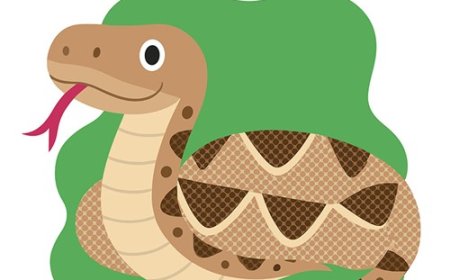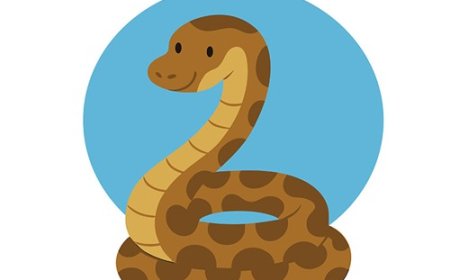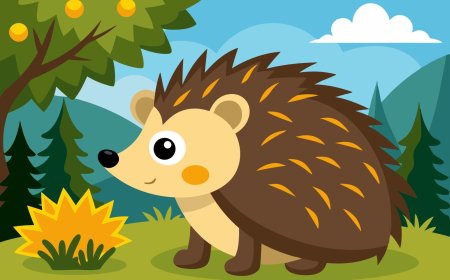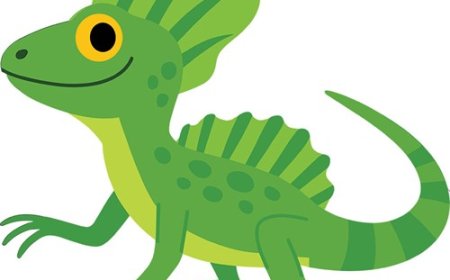Indian Red Scorpion: Small But Seriously Strong
Meet the Indian red scorpion—small, reddish, and packed with power. Learn where it lives, why it’s so dangerous, and how its venom is being used to help people.
🦂 Introduction
The Indian red scorpion (Hottentotta tamulus) is widely recognized as one of the most venomous scorpions in the world. It may be small in size, but its venom can be extremely dangerous to humans—especially children and older adults. Native to India, Sri Lanka, Nepal, and Pakistan, this scorpion has earned a serious reputation.
Despite its danger, the Indian red scorpion is shy and avoids contact with people whenever possible. Like many venomous animals, it uses its power for defense and hunting, not to attack without reason. Scientists are even studying its venom to help fight heart and nerve conditions.
🔍 What Does the Indian Red Scorpion Look Like?
This scorpion is medium-sized, usually about 5 to 9 centimeters (2 to 3.5 inches) long. It has a striking reddish-orange or brick-red body, sometimes with darker markings on the back. Its pincers are thick, and its tail is relatively thin but ends in a sharp stinger.
One of its most distinctive features is its glow under UV light, like other scorpions. It appears bluish-green when exposed to blacklight, which is a useful way for scientists and locals to spot them in the dark.
🌍 Where Do Indian Red Scorpions Live?
Indian red scorpions live in tropical and subtropical parts of South Asia, including:
India
Sri Lanka
Nepal
Pakistan
They prefer warm, moist areas, such as:
Farms and gardens
Forest edges
Dry scrublands
Under rocks, logs, and debris near homes
Because they sometimes live close to people, they can accidentally come into homes, especially during the rainy season when they seek dry ground.
🍽️ What Do They Eat?
Like other scorpions, the Indian red scorpion is a nocturnal hunter. It hides during the day and comes out at night to search for food using vibrations and its sense of touch.
Its prey includes:
Crickets
Beetles
Cockroaches
Spiders
Other small invertebrates
It uses its strong pincers to hold prey and its sting to paralyze it quickly. Once the prey is captured, digestive juices break it down so the scorpion can drink its meal.
🛡️ Is the Indian Red Scorpion Dangerous?
Yes—this is one of the most venomous scorpions on Earth. Its sting can cause serious medical problems including:
Intense pain and swelling
Vomiting
Sweating
Difficulty breathing
Heart problems
Children and elderly people are most at risk. In the past, many deaths occurred from untreated stings. However, in recent years, medical care and awareness have improved, and antivenom is available in some areas.
It’s important to remember that the scorpion doesn’t seek to harm humans—most stings happen when it is accidentally touched, stepped on, or trapped.
🧬 Medical Use of Its Venom
Even though the Indian red scorpion’s venom is dangerous, researchers have found that it contains chemicals that could help treat heart conditions and nerve diseases. Scientists are working on turning venom into medicine, just like they are with the deathstalker scorpion.
This shows that even the most dangerous creatures can help humans when studied with care and respect.
🐣 Life Cycle and Behavior
After mating, the female gives birth to live scorplings, just like other scorpions. She carries them on her back for the first few weeks. The young scorpions molt and grow slowly, eventually leaving to live on their own.
Indian red scorpions are solitary and territorial. They usually stay hidden during the day and come out at night when the ground is cooler.
They can live for 4 to 8 years, depending on the environment and conditions.
🌟 Fun Facts About the Indian Red Scorpion
It is considered the most venomous scorpion in India.
It glows under UV light, like most other scorpions.
Its venom can affect the heart, not just the nerves.
Some people in rural areas mistake it for less dangerous species.
Scientists are studying its venom to develop new medicines.
👧 Kid-Friendly Summary
The Indian red scorpion is a small, red scorpion that lives in South Asia. It comes out at night to eat bugs and stays hidden during the day. Its sting is very dangerous, so it’s best to stay far away if you ever see one. Even though it’s powerful, scientists are learning to use its venom to help treat diseases, which makes this scorpion both scary and special.
📚 Vocabulary Words
Indian red scorpion – A small, reddish scorpion known for very strong venom
Venom – A harmful fluid used to paralyze prey or defend against threats
Nocturnal – Active at night
Antivenom – Medicine that helps treat venomous stings or bites
Scorpling – A baby scorpion
Invertebrate – An animal with no backbone, like insects and scorpions
Tropical – A warm, often rainy climate zone
Territorial – Protective of one's space and not likely to share it
❓ Interactive Quiz (8 Questions)
1. Where do Indian red scorpions live?
A. South America
B. South Asia
C. Antarctica
D. Northern Europe
2. What color is the Indian red scorpion?
A. Blue
B. Bright green
C. Reddish-orange
D. Pure white
3. How big can this scorpion grow?
A. Up to 9 cm
B. 1 foot
C. Half an inch
D. 20 cm
4. What does it eat?
A. Leaves
B. Crickets and insects
C. Fish
D. Sand
5. What makes its venom dangerous?
A. It smells bad
B. It makes noise
C. It can affect the heart and nerves
D. It causes laughter
6. Is it aggressive toward humans?
A. Yes
B. Only in winter
C. No, it avoids humans
D. It follows people
7. How do scientists use its venom?
A. To scare predators
B. For making perfume
C. To help study new medicines
D. To dye clothing
8. What do baby scorpions do after birth?
A. Dig a tunnel
B. Ride on their mother’s back
C. Fly away
D. Swim





















































